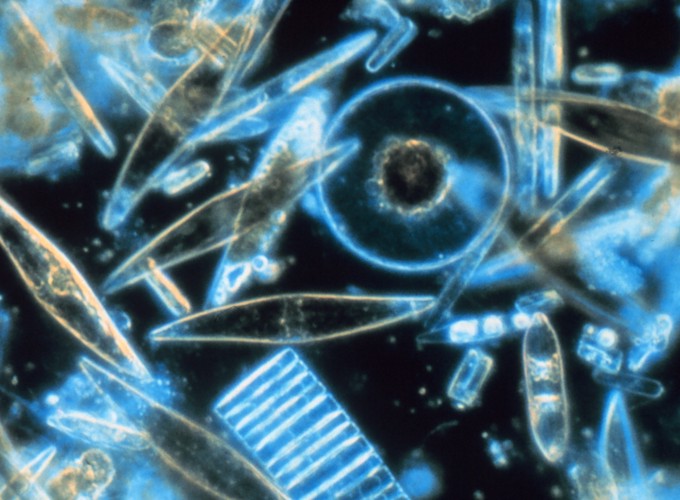The general aim of this project is to investigate, using a statistical physics approach, how (genetic, ecological and social) diversity emerges at different scales (from DNA, ecosystem to country scale) and how it depends on the interaction networks and in its ability to confer to living systems the ability to react promptly to a wide range of external stimuli (adaptability) and to resist perturbations (robustness). In particular we want to understand when and why the system may undergo critical transitions from biodiverse and sustainable states to states where only few different species or resources survive. The ReACT project is structured in 3 main parts:
The emergence of biodiversity in a population of genetic strings (e.g. DNA) interacting among them and with the environment.
People: Samir Suweis, Anna Tovo, Elvezia Paraboschi
Collaborators: T. Bellini, N. Ancieschi, R. AsseltaUnderstanding and modelling the diversity of plankton life web, e.g. plankton species interacting within the ocean.
People: Samir Suweis, Anna Tovo, Amos Maritan
Collaborators: D. Iudicone, C. De VargasImpact of globalization on the resilience and sustainability of natural resources.
People: Samir Suweis
Collaborators: Paolo D’Odorico, C. Tu
Funding (parts 1-2): STARS Grant, University of Padova (2018-2020)
